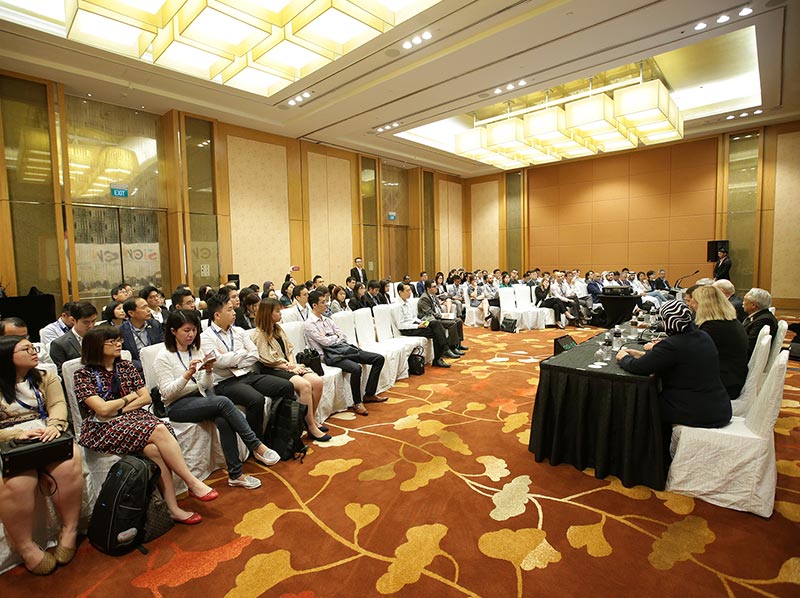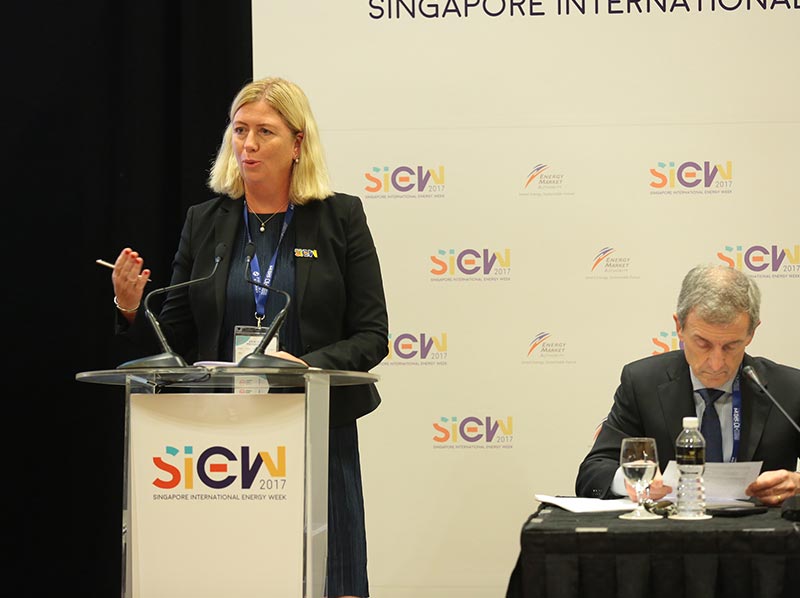By Karyn Goh
There are many benefits of a liberalised retail electricity market for consumers. These include more competitive prices and greater flexibility for consumers to manage their energy use.
But are consumers biting?

Despite efforts from regulators, a large proportion of consumers are still unaware of their choices – resulting in less-than-ideal switch rates, said participants of a roundtable at SIEW 2017.
Dr Anthony Marxsen, Chairman, Australian Energy Market Operator (AEMO), said that it is essential for regulators to devise policies that promote an efficient retail electricity market. This would consequently drive competition in the wholesale electricity market.

As a first step, it is essential to have a robust understanding of consumers’ demographics and preferences. There are three types of consumers: first, consumers who are constantly on the lookout for price plans that best meet their needs; second, consumers who are indifferent so long as they continue to receive a reliable and secure electricity supply; and last, consumers who may not be aware of their available electricity purchase options due to various reasons such as information barrier and socioeconomic factors.
It is this last group of consumers which regulators should invest additional resources on to help them navigate the market and make informed electricity purchase decisions, said participants.

Ms Miki Sato, General Manager, Business Strategy Office, Tokyu Power Supply, said that it would be useful to provide an information platform that helps consumers easily compare the various price plans available, including value-added services.
Moving beyond price competition, electricity retailers have to be sensitive to changing consumer preferences and technological innovations.
Decisions made on price are “only relevant in the early stage of market liberation,” said Mr James Allan, Director, Frontier Economics. With higher living standards and more technological advances, consumers are increasingly considering plans that better match their consumption patterns and preferences – and these may not be the cheapest ones.
It is thus vital for electricity retailers to remain forward looking and nimble to adapt to these changes, in order to remain relevant and competitive in the market.